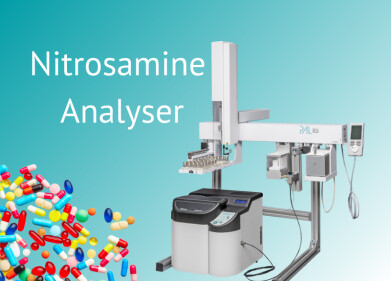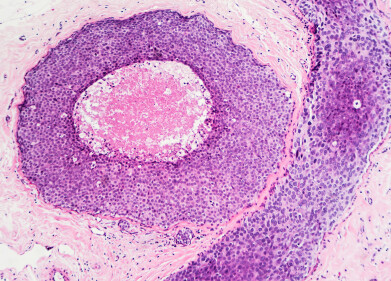Laboratory Products
Ten Easy Steps for cleaning a Spill in the Biosafety Cabinet
Jul 01 2015
The primary purpose of a BSC is to protect laboratory workers and the surrounding environment from pathogens such as bacteria and a virus being used within the cabinet, the secondary purpose is to maintain sterility of materials inside the cabinet.
Spills occasionally occur within a BSC, taking precautionary measures before and during your work with hazardous materials could help keep you and others safe. Check with your EHS office or Biosafety Officer to ensure you have the proper materials and steps in place in case of a spill based on the standard Biosafety in Microbiological and Biomedical Laboratories (BMBL). Standard Operating Procedures (SOPs) should be posted, Personal Protection Equipment (PPE) including eye protection, clean lab coat or scrubs and spare slip-on shoes, absorbent materials, disinfectant (e.g, 10% bleach), tongs or forceps to pick up broken containers and a biohazard waste container are needed.
When a bio-hazardous material spills within a BSC, cleanup should begin immediately, while the cabinet continues to operate. Keeping the cabinet running prevents escape of airborne contaminants ensuring whatever is in the cabinet stays in the cabinet protecting you and the laboratory.
First remove the tubes, pipettes or any other item that might have contained the spilt liquid and place them into the biohazard bag in the cabinet. It is important to contain contaminated materials inside the operating cabinet to avoid exposure to the laboratory. Always use tongs or forceps to pick up any glass or sharps to prevent accidental injury.
Cover the spill with absorbent material such as paper towels letting the spill soak in, helping to prevent aerosolization of the contaminant. Once the towel is covering the spill, apply appropriate disinfectant onto the towel, working from the outer edge to the middle of the towel. Applying the disinfectant from the outside to the inside of the spill traps the material within the paper towel and decontaminant. Important to note, the agent spilled must not be resistant to the disinfectant selected for cleanup. Having a laboratory procedure that addresses the biohazards you might encounter will ensure that you have the appropriate materials available for a spill. Bleach solutions have several advantages over others, such as low cost, fast acting and broad spectrum of effectiveness, but they are corrosive for use on stainless steel surfaces inside a BSC and should be rinsed. Note: Use of chlorinated or halogen materials in the cabinet will damage the stainless steel.
Depending on what material was spilled and what disinfectant you are using, disinfectant reaction time may vary. Rule of thumb, 20 minutes should be adequate time to neutralize the contaminant. Use towels to wipe up excess liquid place used towels into a biohazard bag located in the cabinet. Also check the spill pan under the work surface and disinfect following the same procedure if needed.
Thoroughly wash your hands with soap and water. Run the BSC for at least 10 minutes before resuming work. Report the spill incident to your supervisor.
Keep the workspace clean and let the research flow.
To learn more click here.
Digital Edition
Lab Asia 31.6 Dec 2024
December 2024
Chromatography Articles - Sustainable chromatography: Embracing software for greener methods Mass Spectrometry & Spectroscopy Articles - Solving industry challenges for phosphorus containi...
View all digital editions
Events
Jan 22 2025 Tokyo, Japan
Jan 22 2025 Birmingham, UK
Jan 25 2025 San Diego, CA, USA
Jan 27 2025 Dubai, UAE
Jan 29 2025 Tokyo, Japan



.jpg)

















